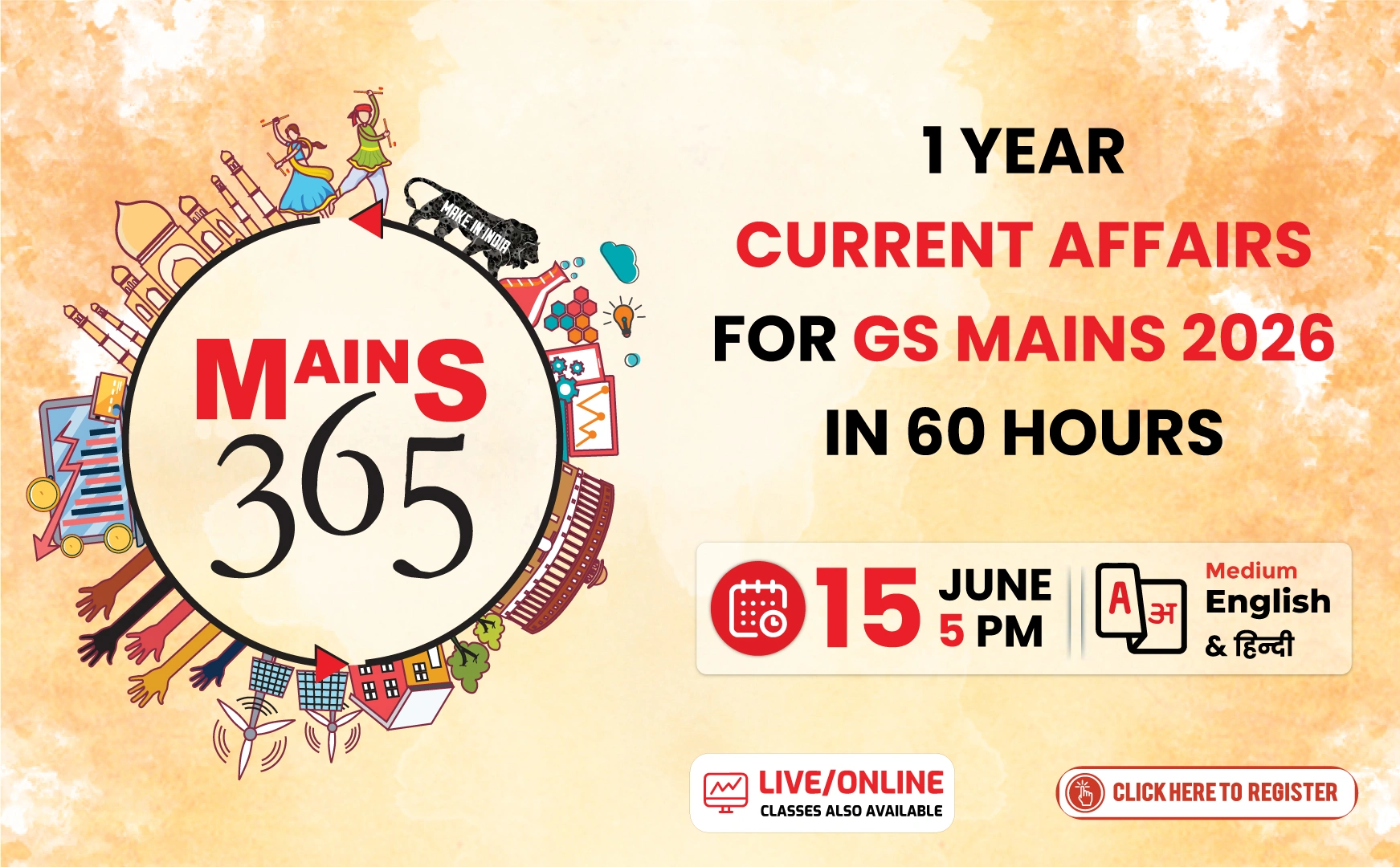Global Medical Education Landscape
The medical education sector is experiencing significant changes globally, with a notable shortage of medical doctors juxtaposed against resistance to expanding access to medical studies. This paradox has led to increased international mobility among medical students.
International Student Mobility
- There is a substantial number of students studying medicine outside their home countries, estimated to exceed 200,000.
- Countries like Ukraine, before the Russian invasion, hosted 24,000 international medical students, primarily from India.
Case Study: India
India presents a unique scenario with its severe shortage of doctors and immense demand for medical education.
- About 2.3 million students sit for the national medical entrance, yet only one in 22 successful candidates secures a spot in over 700 medical colleges.
- More than 20,000 Indian students pursue medical education abroad annually due to limited seats and high domestic tuition fees.
- Popular destinations include Russia, Ukraine (pre-war), Kazakhstan, and others, with some institutions controlled by Indian groups like Manipal Education and Medical Group.
Challenges of Studying Abroad
- Indian students must pass a national licensing exam to practice in India post-graduation.
- Licensing requirements vary across countries, requiring adaptation for students who wish to practice internationally.
Government Initiatives
- In February 2025, the Indian government announced a 130% increase in medical education seats over a decade, with plans to add an additional 10,000 seats by 2026.
Global Trends
The trend of students seeking medical education abroad is not limited to India.
- Students from Western countries also study in neighboring nations due to limited access at home.
- Countries like Romania, Hungary, and Poland attract students from France, Germany, and the Netherlands.
- The U.S. students often study in Hungary, Poland, and the Caribbean.
Challenges in Quality Control
The proliferation of foreign medical education programs, often in English-medium in non-English speaking countries, raises concerns about quality control and regulation.
- Many institutions primarily target international students with high fees, often operating as for-profit entities.
Overall, the global medical education sector is characterized by a lack of quality control, and while governments recognize the issue, solutions remain complex and costly.



